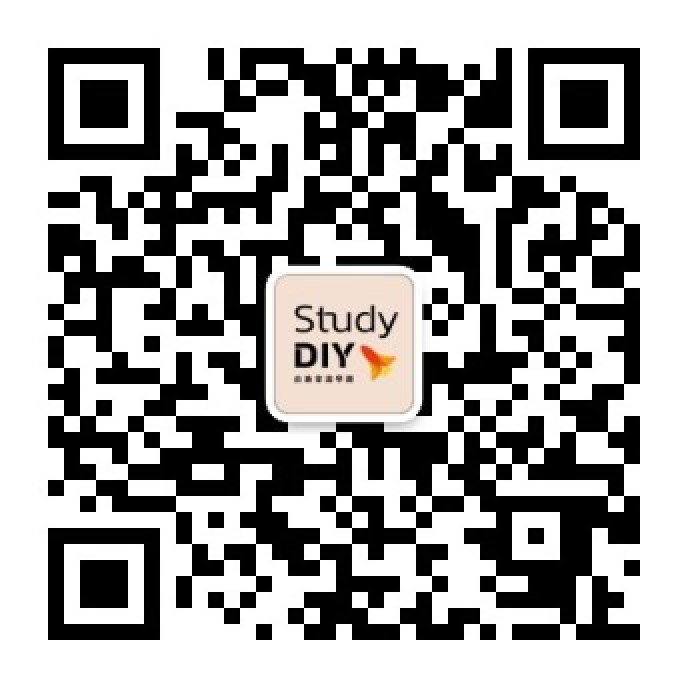What is the GMAT?
The Graduate Management Admission Test (GMAT) was originally developed by several business schools in the United States to screen applicants. Since the content of the GMAT highly reflects an applicant's future performance in business school, it is now one of the standards used by many business schools worldwide to screen applicants.
The GMAT, similar to the GRE (link to UP-STUDY GRE page), focuses on assessing the test-taker's ability to analyze problems, evaluate, synthesize information, and think logically and critically. The English grammar used in the GMAT is formal written grammar, which is more rigorous than the grammar widely used today. This creates a certain level of difficulty for many native English speakers, but it also provides a more equitable reference standard for business school applicants worldwide.
Currently, over 2,300 universities and 7,000 MBA and master's programs around the world use the GMAT to assess the qualifications of applicants.
 What does the GMAT test?
What does the GMAT test?
The GMAT consists of four test sections: Verbal (V), Analytical Writing Assessment (AWA), Integrated Reasoning (IR), and Quantitative (Q).
 Verbal (Verbal):
Verbal (Verbal):
|
Focuses on measuring the test taker's ability to read and understand questions, reason and evaluate arguments, and select the most effective way to express ideas in standard written English. The following three items will be mixed in the test.
- Reading Comprehension (RC)
Understand the structure of the passage, identify key logical relationships, and infer answers. The test topics include social/humanities, science, physics/biology, or business-related fields.
- Critical Reasoning (CR)
The questions are slightly shorter than those in RC, usually under 100 words. You must select the option that most strengthens or weakens the argument presented and identify the most reasonable explanation.
- Sentence Correction (SC)
There are two main points to focus on: correct expression and effective expression. First, the grammar and sentence structure must adhere to grammatical rules, and then how to select the most concise and clear sentence to express the meaning.
 Analytical Writing Assessment (AWA):
Analytical Writing Assessment (AWA):
|
The topic is a short essay, where you need to identify logical flaws in the original text and write an article expressing your viewpoint.
 Mathematics (Quantitative, Q):
Mathematics (Quantitative, Q):
|
For Taiwanese, the mathematics in the GMAT is roughly at the level of high school math. The questions consist of two major categories: Problem Solving and Data Sufficiency.
- Problem Solving (PS):
This part is purely mathematical calculation, including algebra, sets, area calculations, etc.
- Data Sufficiency (DS):
This is a more specialized exam type where there is a question, followed by two additional mathematical conditions. You must select the answer that satisfies the conditions. It requires reasoning skills and basic calculation ability.
 Integrated Reasoning (IR):
Integrated Reasoning (IR):
|
The main purpose is to test the candidate's ability to reason with text, charts, and arithmetic. It includes four types of questions: Table Analysis, Two-Part Analysis, Graphics Interpretation, and Multi-source Reasoning.
- Multi-source Reasoning:
This tests the candidate's ability to analyze and reason with complex content, including articles and images.
- Table Analysis:
This focuses on basic knowledge of statistics, such as mean, median, etc. The questions will involve tables similar to Excel spreadsheets, where sorting functionality can be used to facilitate analysis.
- Graphics Interpretation:
Candidates need to analyze information presented in various types of charts, graphs, and data visualization.
 GMAT How to Take the Exam?
GMAT How to Take the Exam?
The exam is a computer-adaptive test, which means that after each answer is submitted, the computer calculates the difficulty of the next question based on whether the previous answer was correct or incorrect. If answered correctly, the next question will be more difficult, but the chances of achieving a higher score increase.
The order of the four test sections can be determined by the candidate. The total exam time is three hours and seven minutes, excluding two breaks of eight minutes each.
GMAT exam questions are randomly changed every eight to thirteen days to enhance the fairness of the exam, meaning the questions will differ each time you take the test.
For the math (Q) section, calculators are not allowed; only paper and pencil provided at the testing center can be used for calculations. During the Integrated Reasoning (IR) section, the test system will provide a calculator function.
 GMAT Fairness
GMAT Fairness
To ensure fairness in the exam and prevent individuals from repeatedly registering for the test in a short period to achieve a better score, GMAC revised the rules in 2016. A person can only take the GMAT eight times in their lifetime, with at least sixteen days between two test attempts. Additionally, a person can take the exam no more than five times in a year. It is worth noting that exams taken online between April 20, 2020, and September 22, 2020, due to the pandemic, do not count toward the lifetime limit of eight attempts.
 Things to Note When Preparing for the GMAT
Things to Note When Preparing for the GMAT
According to information from the official GMAT website, approximately 200,000 people take the GMAT worldwide each year, but the number of test centers is quite limited. In Taiwan, there are currently only two test centers in Taipei and Kaohsiung. Candidates can find test center information on the GMAT official website (mba.com/testcenterlist). Therefore, it is highly likely to miss the application deadline for your dream school if you do not book the exam in advance. Candidates should check their school's application deadline and book the exam as early as possible.
The GMAT score is valid for five years. Students who achieve their desired score should not forget to apply to schools.
 How to Register for the GMAT?
How to Register for the GMAT?
There are four ways to register:
- Online Registration: You need to register on the official GMAT website (https://www.mba.com/exams/gmat/before-the-exam/register-for-the-gmat-exam), register as a member, and pay directly online with a credit card.
- Phone Registration: Candidates in Taiwan can call: +852 3077 4926. This method requires an additional $10 service fee and international call charges.
- Mail Registration: Candidates in Taiwan can send the completed registration form to: GMAT Test Registration, P.O. Box 117, Taipei City, Taiwan, 100.
- Fax Registration: Candidates in Taiwan can fax the completed registration form to: +852 3077 4926. An additional $10 service fee applies.
The exam fee for 2021 was USD 250.
 How to Prepare for the GMAT?
How to Prepare for the GMAT?
The official GMAT website(https://www.mba.com/exam-prep/gmat-official-starter-kit-practice-exams-1-and-2-free) offers two free practice tests.
Additionally, every year, the latest edition of the GMAT Official Guide (OG) is released, available in both electronic and print formats (https://www.mba.com/exam-prep/gmat-official-guide-bundle-2022-ebook-and-online-question-bank), which includes exam questions, answers, and detailed explanations. For those interested in preparing after reading this GMAT introduction, these resources are a great place to start!



 Study Abroad in Different Countries
Study Abroad in Different Countries Popular Majors
Popular Majors Application Process
Application Process Study abroad exam
Study abroad exam Visa Application
Visa Application Study Abroad Life
Study Abroad Life








 Study in the USA
Study in the USA Study in Australia
Study in Australia Study in the UK
Study in the UK Study in the Netherlands/Ireland
Study in the Netherlands/Ireland Study in Canada
Study in Canada Conditional Admission
Conditional Admission



